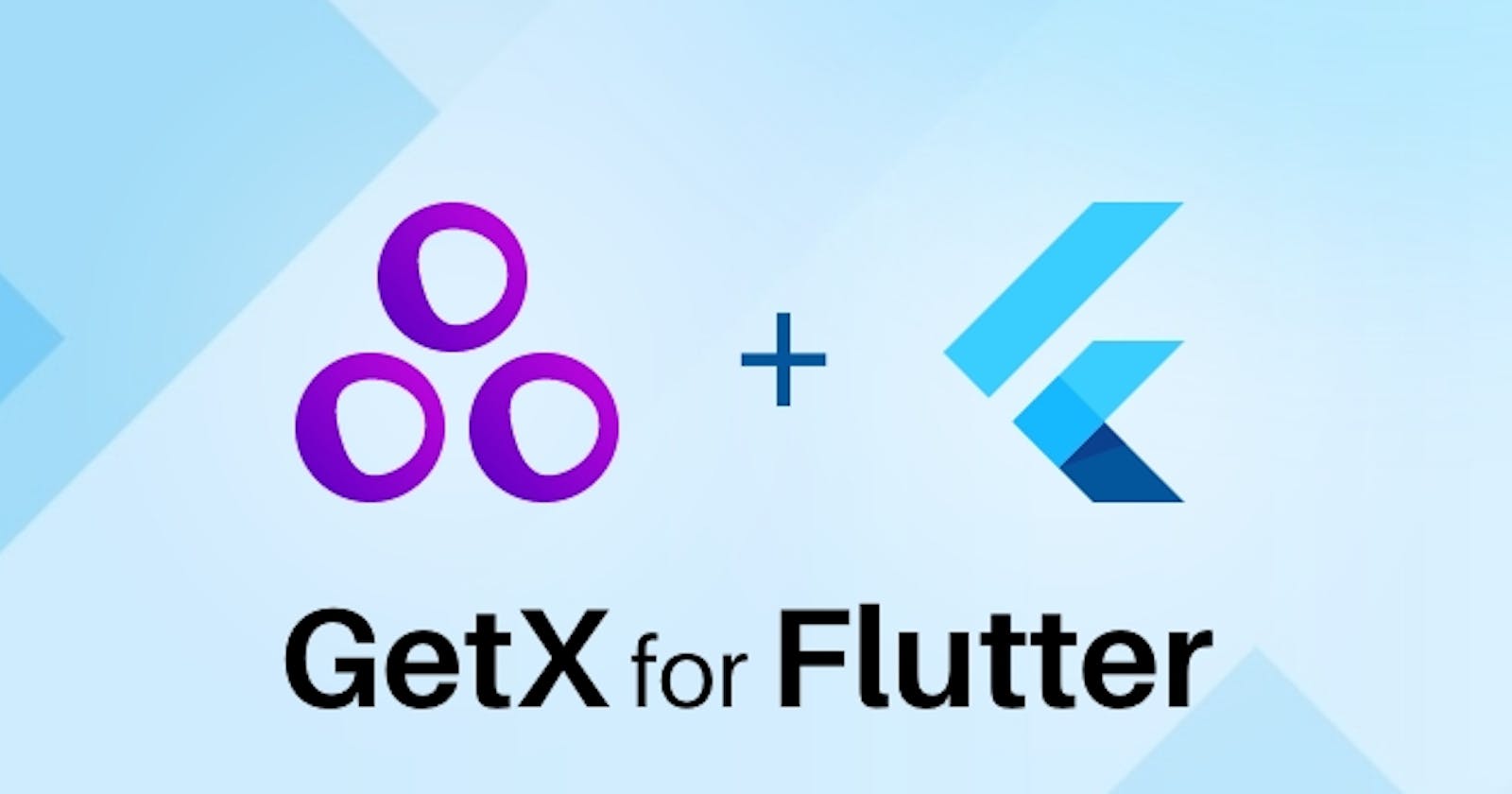GetX- A simple and powerful plugin for flutter for your state management needs.
Table of contents
No headings in the article.
GetX is a popular state management and dependency injection library for Flutter that provides a lightweight and easy-to-use alternative to other state management solutions like Provider, Bloc, and Redux. Here are some reasons why GetX might be a better choice for your Flutter project:
Simplicity: GetX is designed to be simple and easy to use, with minimal boilerplate code and a small learning curve. It provides a single “GetXController” class that can handle both state management and dependency injection, which can simplify your code and make it easier to maintain.
Performance: GetX is highly optimised for performance, with features like reactive programming, observables, and debounce/throttle that can help reduce the number of unnecessary widget rebuilds and improve the overall performance of your app.
Productivity: GetX provides a wide range of features and utilities that can help you be more productive and write code faster, such as automatic dependency injection, automatic route management, and automatic localisation.
Flexibility: GetX is very flexible and can be used in a wide range of scenarios, from small to large projects, simple to complex user interfaces, and single to multiple developers.
Documentation and community: GetX has a growing community of developers and contributors, with active support and a comprehensive documentation that provides clear and concise explanations and examples.
Here are some code samples that demonstrate how to use GetX in Flutter:
- Basic state management with GetXController:
import 'package:get/get.dart';
class MyController extends GetxController {
var count = 0;
void increment() {
count++;
update(); // updates the UI with the new count value
}
}
In this example, we create a simple GetXController class that has a count variable and an increment method. When the increment method is called, it increments the count variable and calls the update() method to notify the UI that the value has changed.
2. Dependency injection with GetX:
import 'package:get/get.dart';
class MyController extends GetxController {
final MyService myService;
MyController(this.myService);
void doSomething() {
myService.doSomething();
}
}
class MyService {
void doSomething() {
print('Doing something...');
}
}
In this example, we create a GetXController class that depends on a MyService class. We use the constructor injection pattern to inject the MyService instance into the controller, and then call its doSomething() method from within the controller.
3. Reactive programming with GetX:
import 'package:get/get.dart';
class MyController extends GetxController {
var count = 0.obs;
void increment() {
count.value++; // updates the count value and notifies the UI
}
}
In this example, we use the “.obs” extension on a variable to create a reactive object that can be used to update the UI automatically whenever its value changes. We then use the “.value” property to get and set the value of the count object.
4. Automatic route management with GetX:
import 'package:get/get.dart';
class MyApp extends StatelessWidget {
@override
Widget build(BuildContext context) {
return GetMaterialApp(
home: MyHomePage(),
getPages: [
GetPage(name: '/second', page: () => SecondPage()),
GetPage(name: '/third', page: () => ThirdPage()),
],
);
}
}
class MyHomePage extends StatelessWidget {
@override
Widget build(BuildContext context) {
return Scaffold(
appBar: AppBar(
title: Text('My App'),
),
body: Center(
child: Column(
mainAxisAlignment: MainAxisAlignment.center,
children: [
ElevatedButton(
child: Text('Go to second page'),
onPressed: () => Get.toNamed('/second'),
),
ElevatedButton(
child: Text('Go to third page'),
onPressed: () => Get.toNamed('/third'),
),
],
),
),
);
}
}
class SecondPage extends StatelessWidget {
@override
Widget build(BuildContext context) {
return Scaffold(
appBar: AppBar(
title: Text('Second Page'),
),
body: Center(
child: Text('This is the second page.'),
),
);
}
}
class ThirdPage extends StatelessWidget {
@override
Widget build(BuildContext context) {
return Scaffold(
appBar: AppBar(
title: Text('Third Page'),
),
body: Center(
child: Text('This is the third page.'),
),
);
}
}
In this example, we use GetX to manage the app’s routes automatically. We define the app’s routes using the GetPage class and the getPages property of the GetMaterialApp widget. We then use the Get.toNamed() method to navigate to a specific route by name. GetX automatically manages the stack of routes and handles back navigation.
Overall, GetX is a great choice for Flutter projects of any size and complexity, with its simplicity, performance, productivity, flexibility, and community support making it a popular choice among Flutter developers. However, it’s worth noting that there is no one-size-fits-all solution when it comes to state management in Flutter, and the choice of which library to use will depend on your specific needs and preferences.
Thank you for reading….developers rule this world!

